The instructions and information for this project will be presented as project logs. Information will also be available in the form of files and pictures to aid mechanical and software development. Feel free to ask questions in the discussion and highlight areas where more information is required. The project is being featured at the OER19 conference https://oer19.oerconf.org/news/guest-blog-adding-to-the-open-ecosystem-open-source-hardware-by-beverly-gibbs/
Design and Build a Companion Robot for MS Care
The project aims to design and build a companion robot for aid in primary and secondary progressive Multiple Sclerosis care.
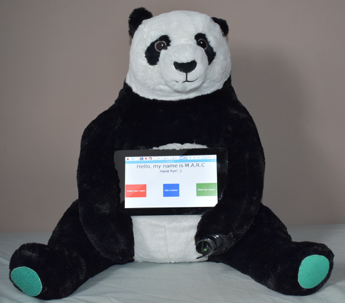
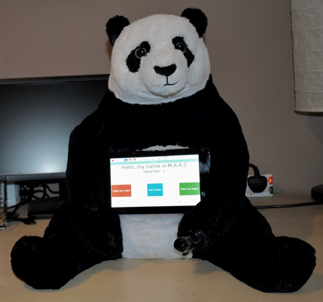
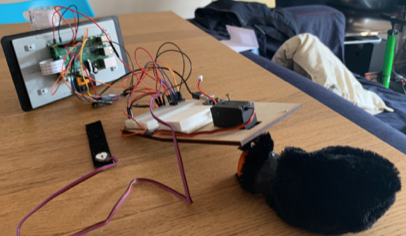
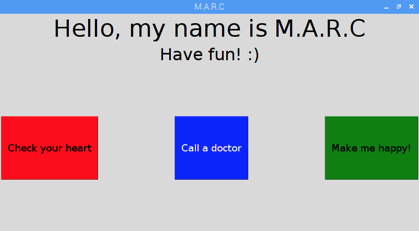

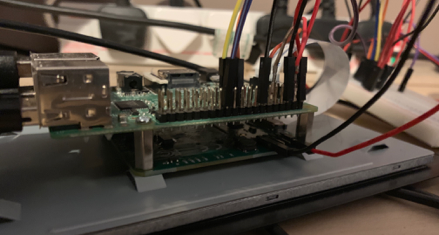
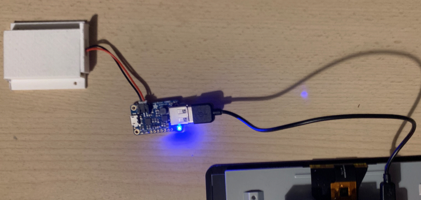
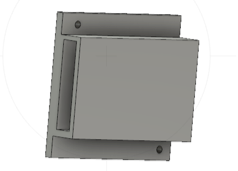
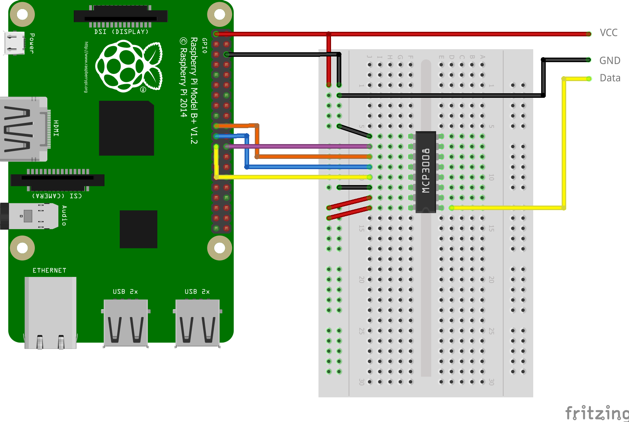


cool project, can’t wait to see the result!